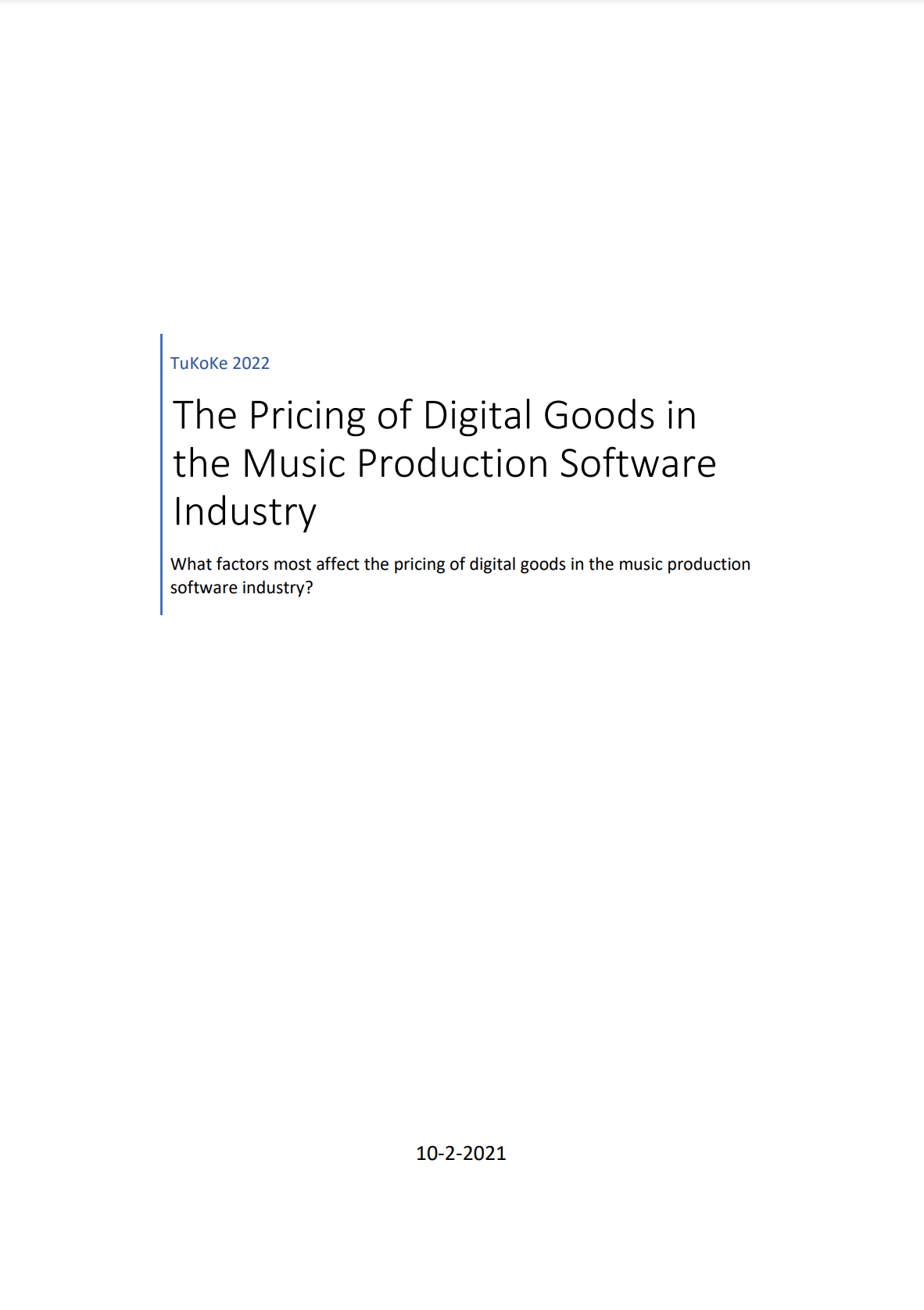
The Pricing of Digital Goods in the Music Production Software Industry

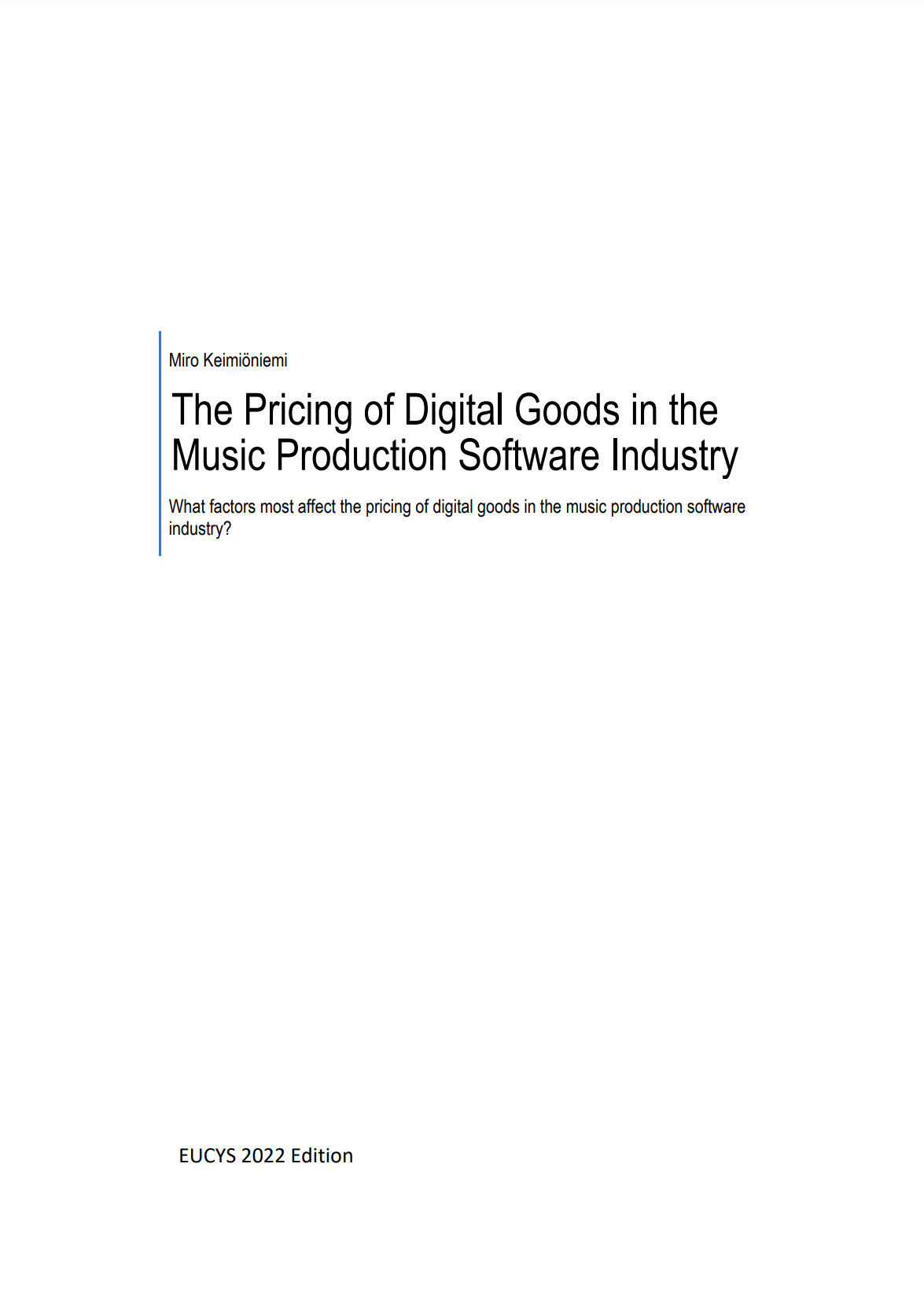
The Pricing Of Digital Goods In The Music Production Software Industry – Report for EUCYS
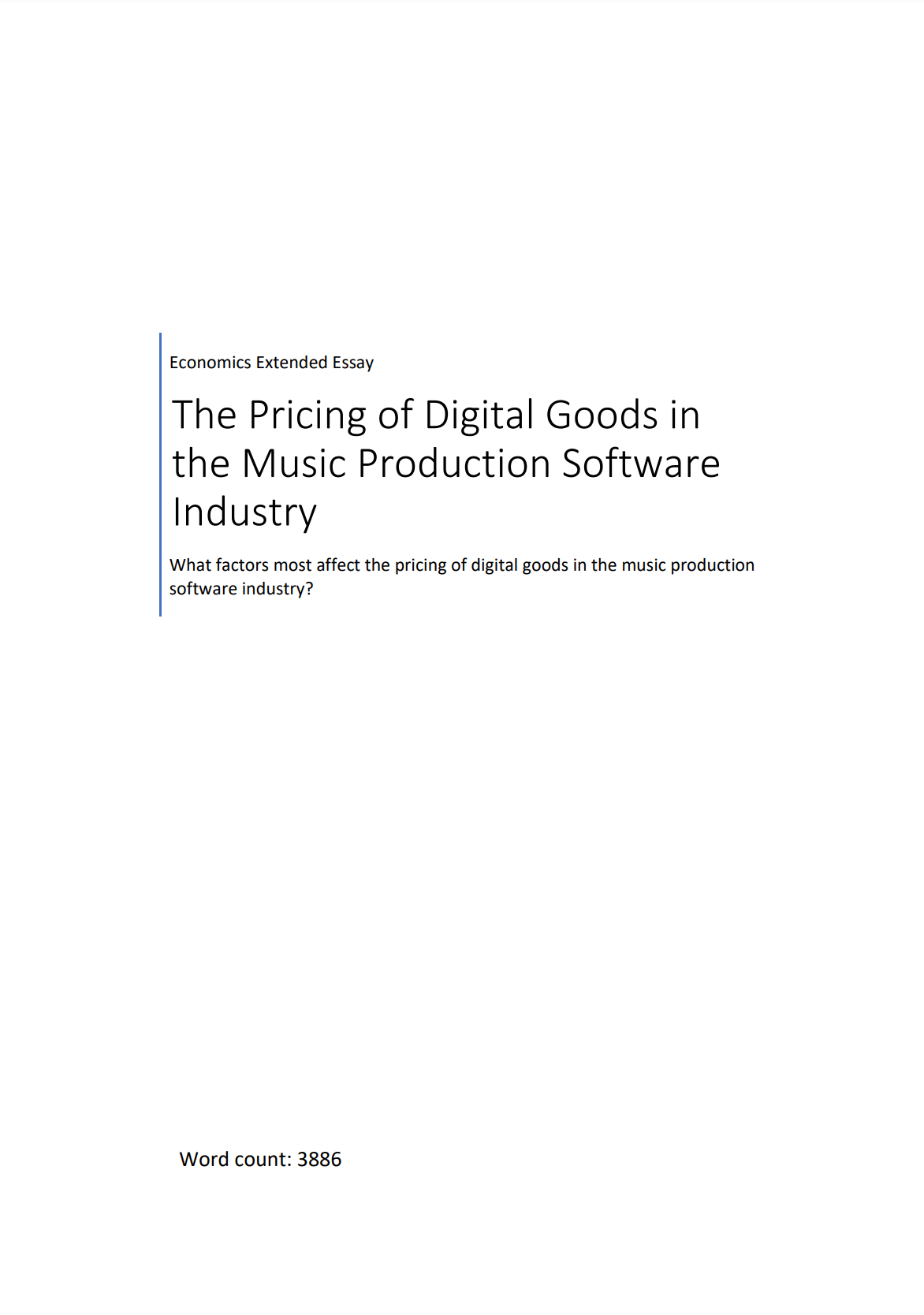
The Pricing Of Digital Goods In The Music Production Software Industry – Economics Extended Essay
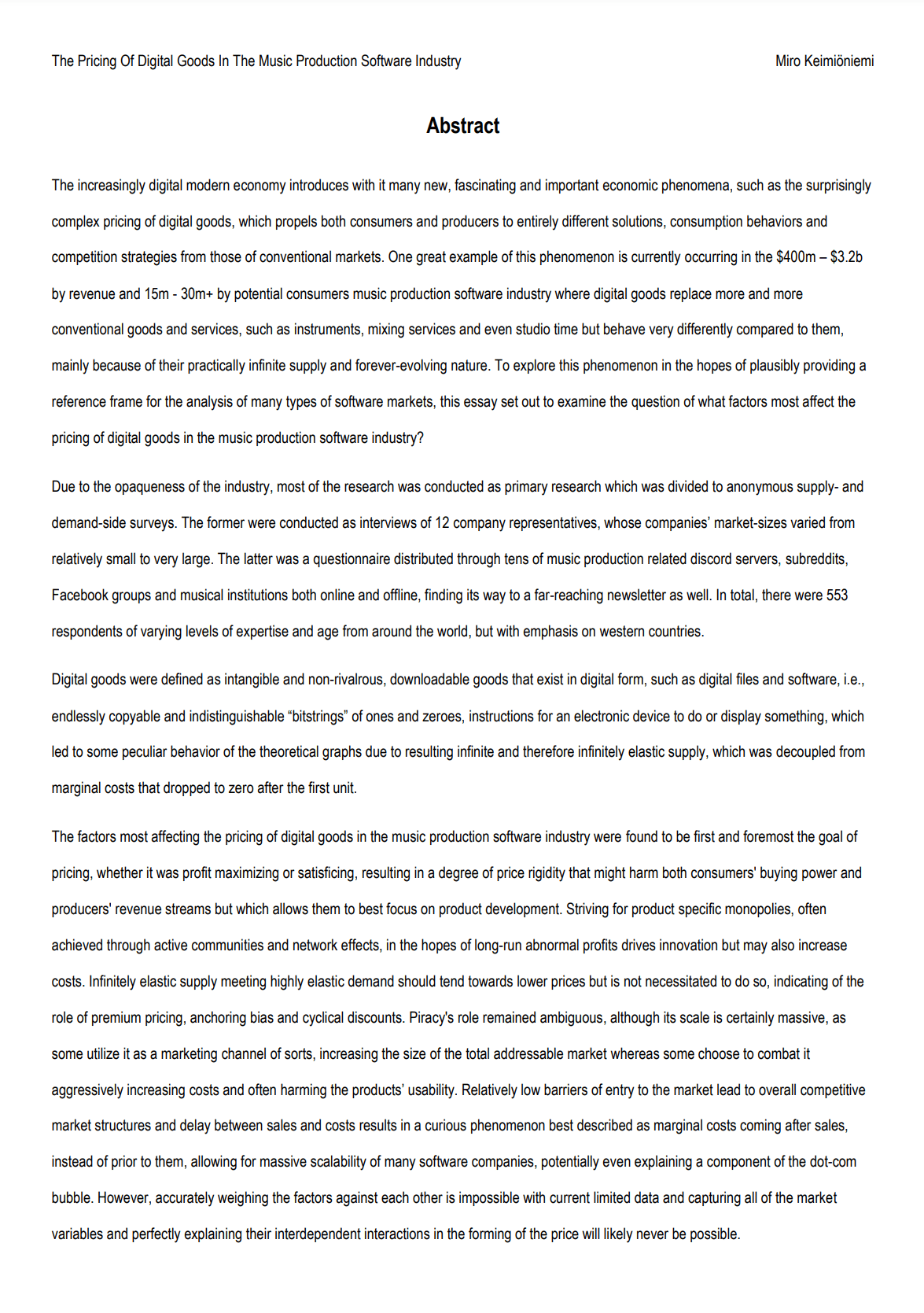
The Pricing Of Digital Goods In The Music Production Software Industry – Abstract
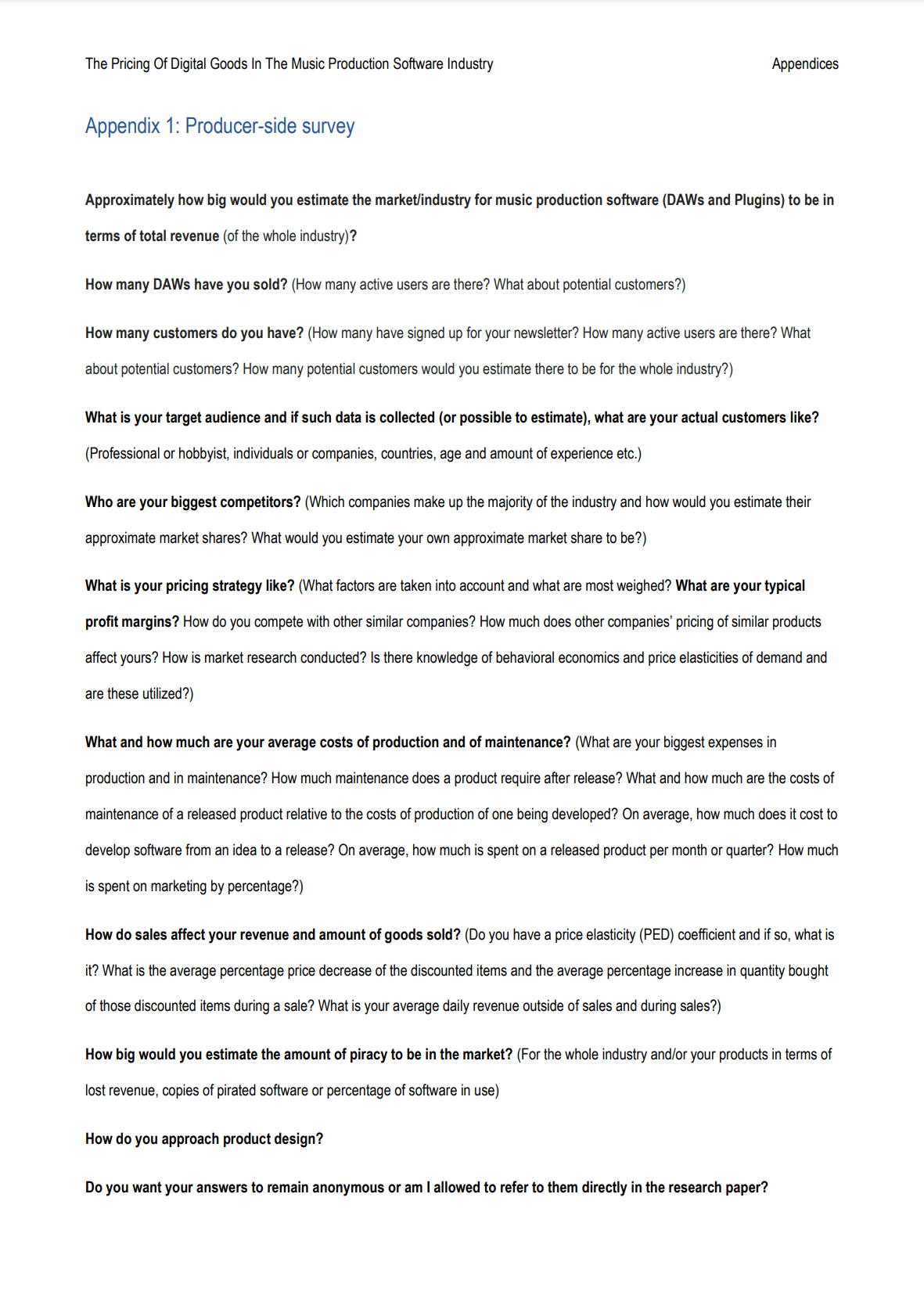
The Pricing Of Digital Goods In The Music Production Software Industry – Appendices
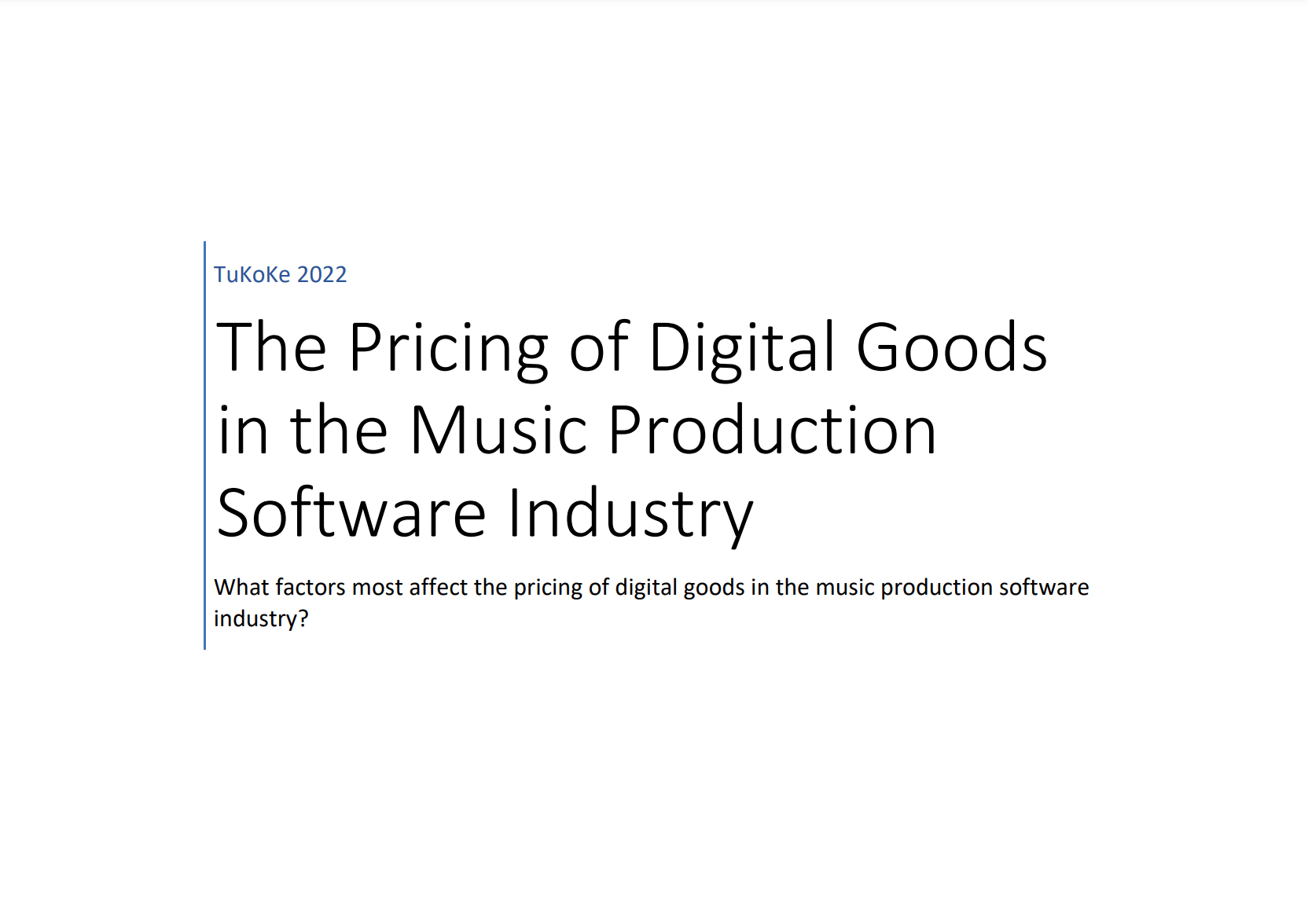
Summary of The Pricing of Digital Goods in the Music Production Software Industry
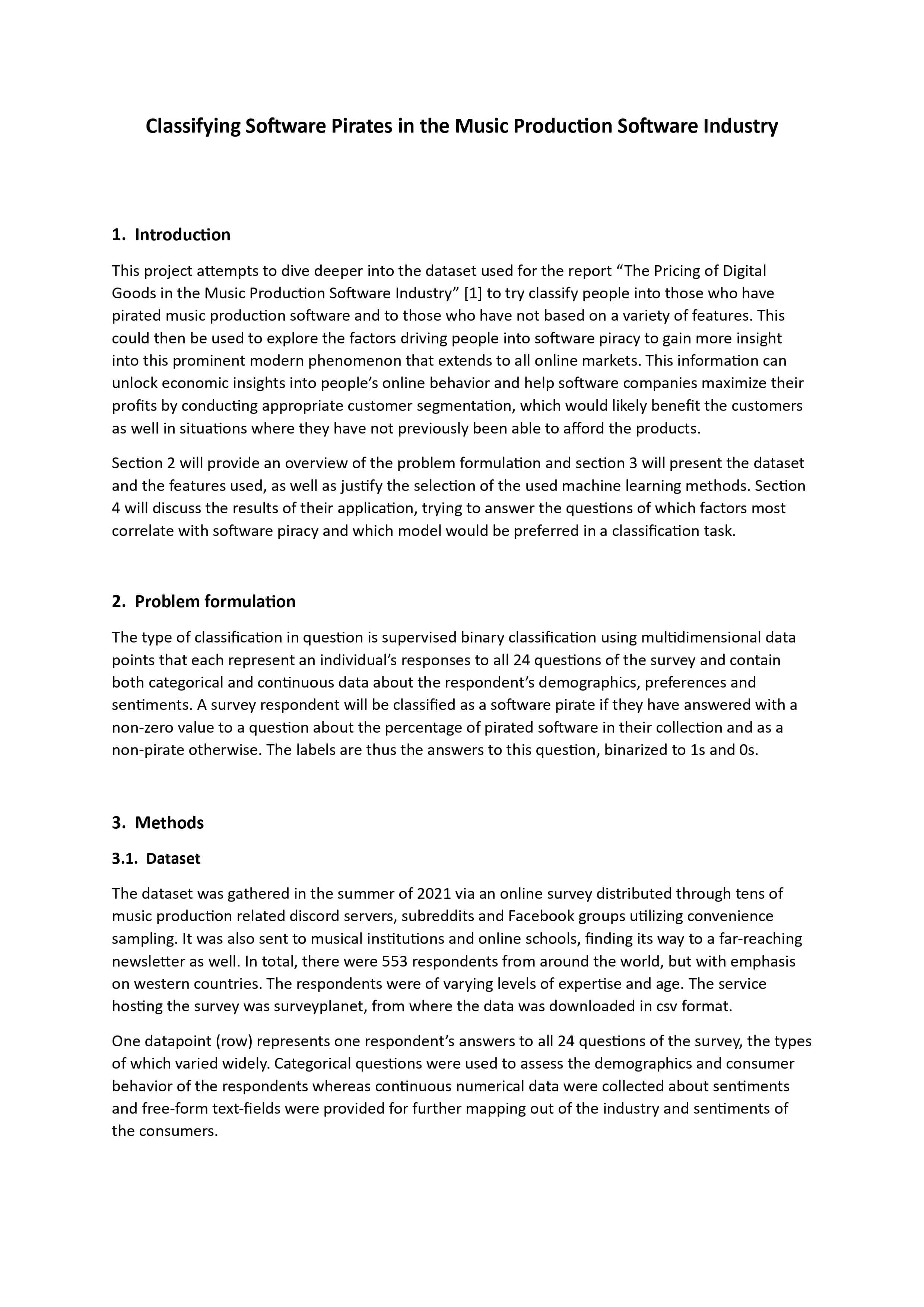
Classifying Software Pirates in the Music Production Software Industry
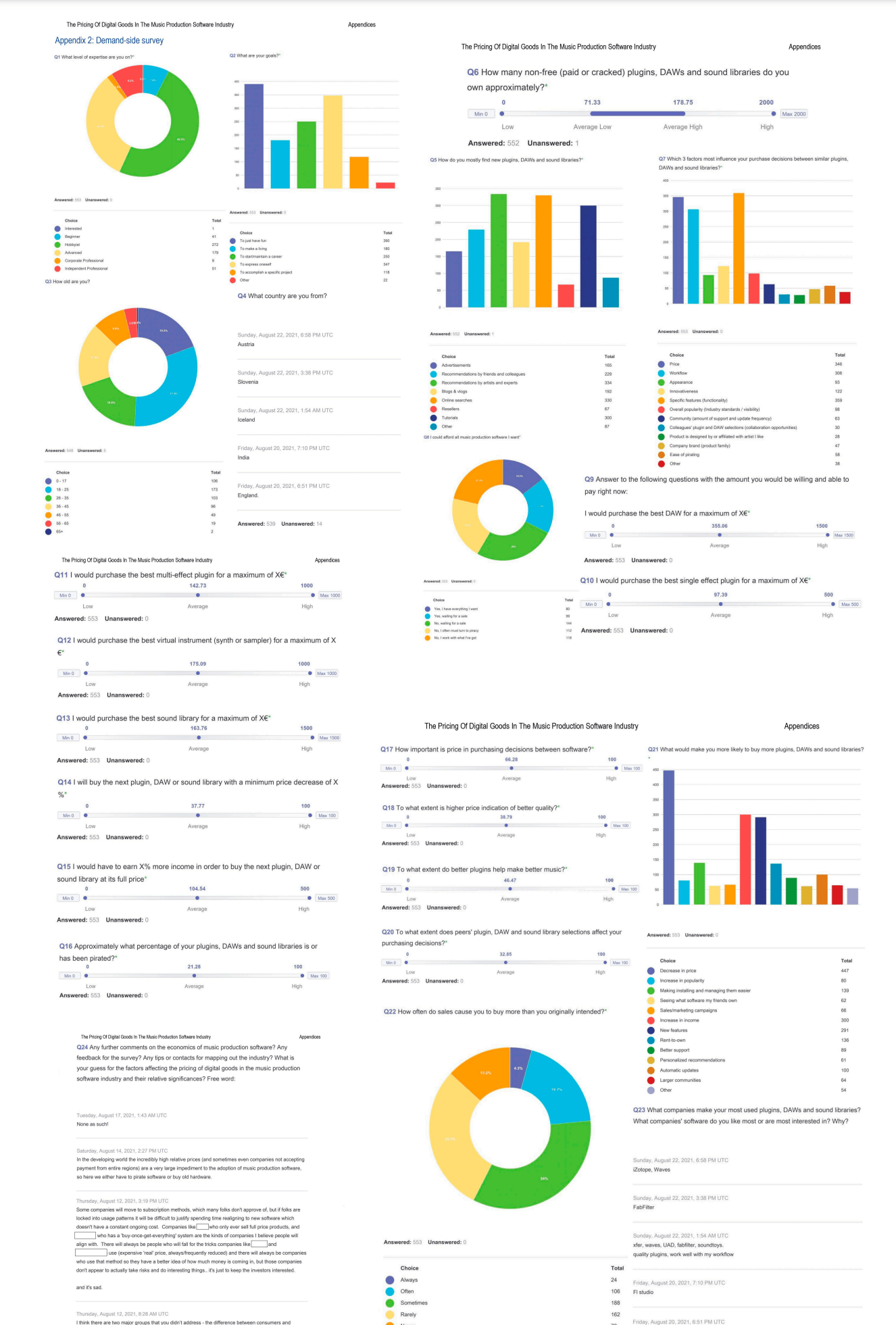
Poster 1 - Demand survey statistics
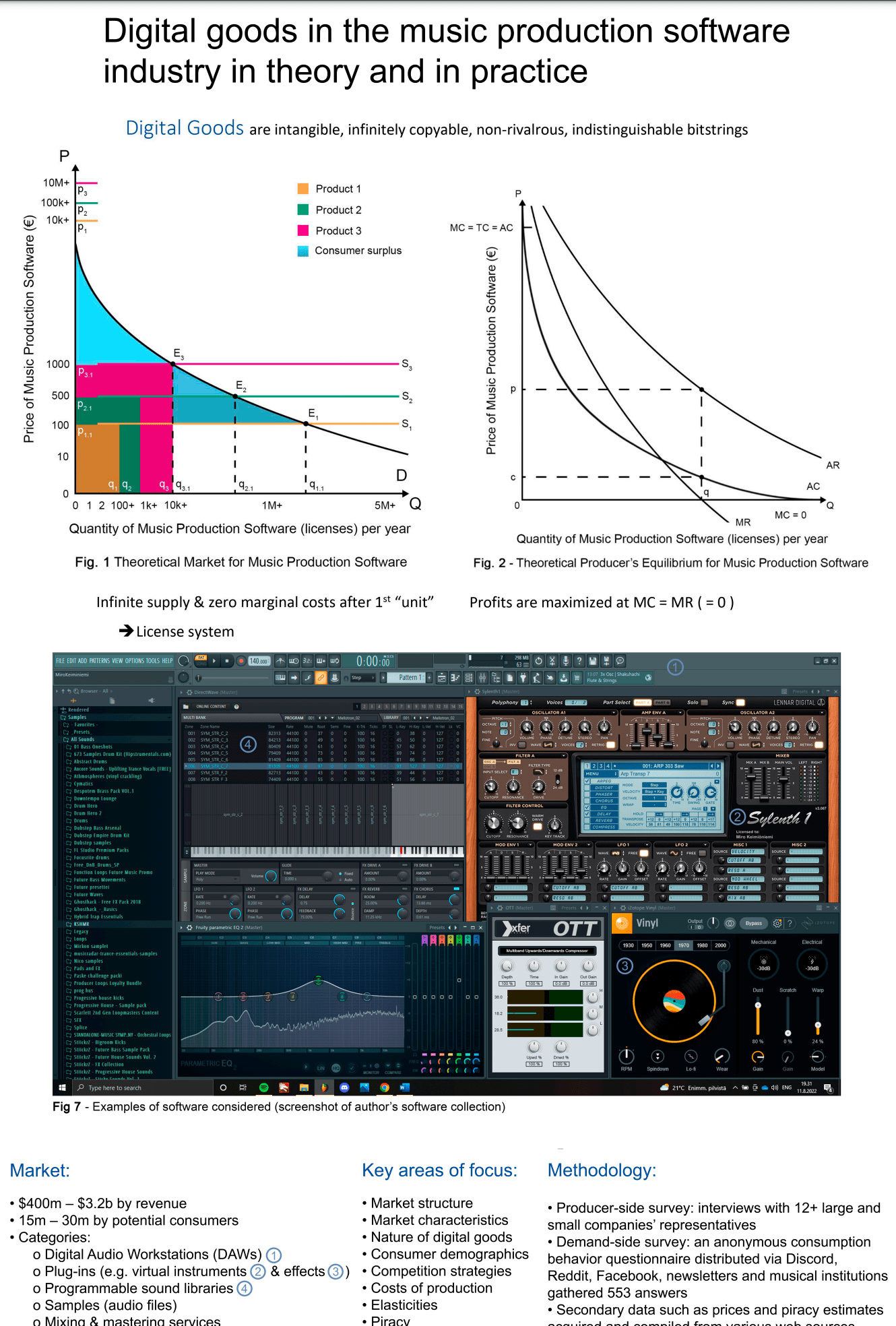
Poster 2 - Definitions, methods and rationale
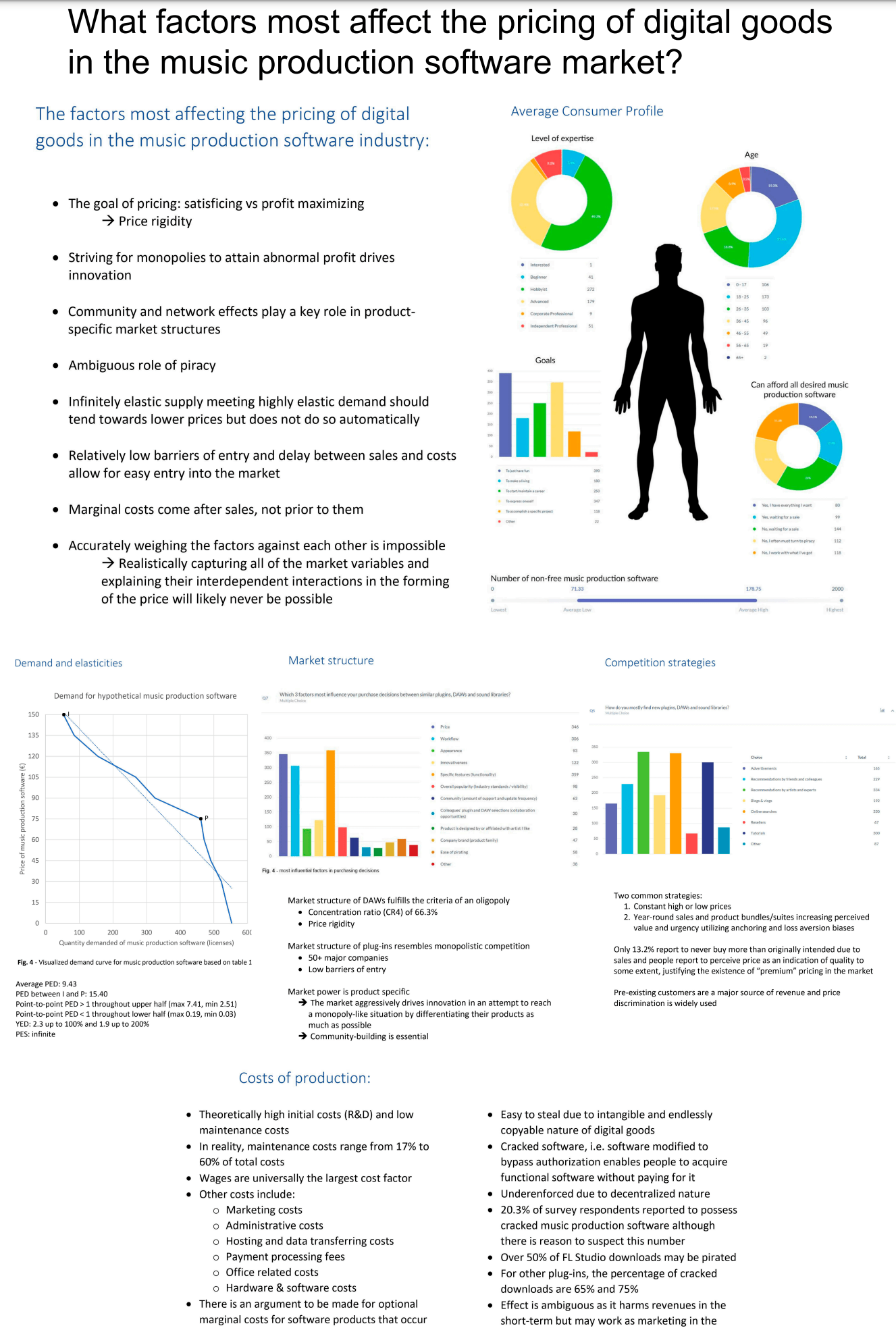
Poster 3 - Summary of results
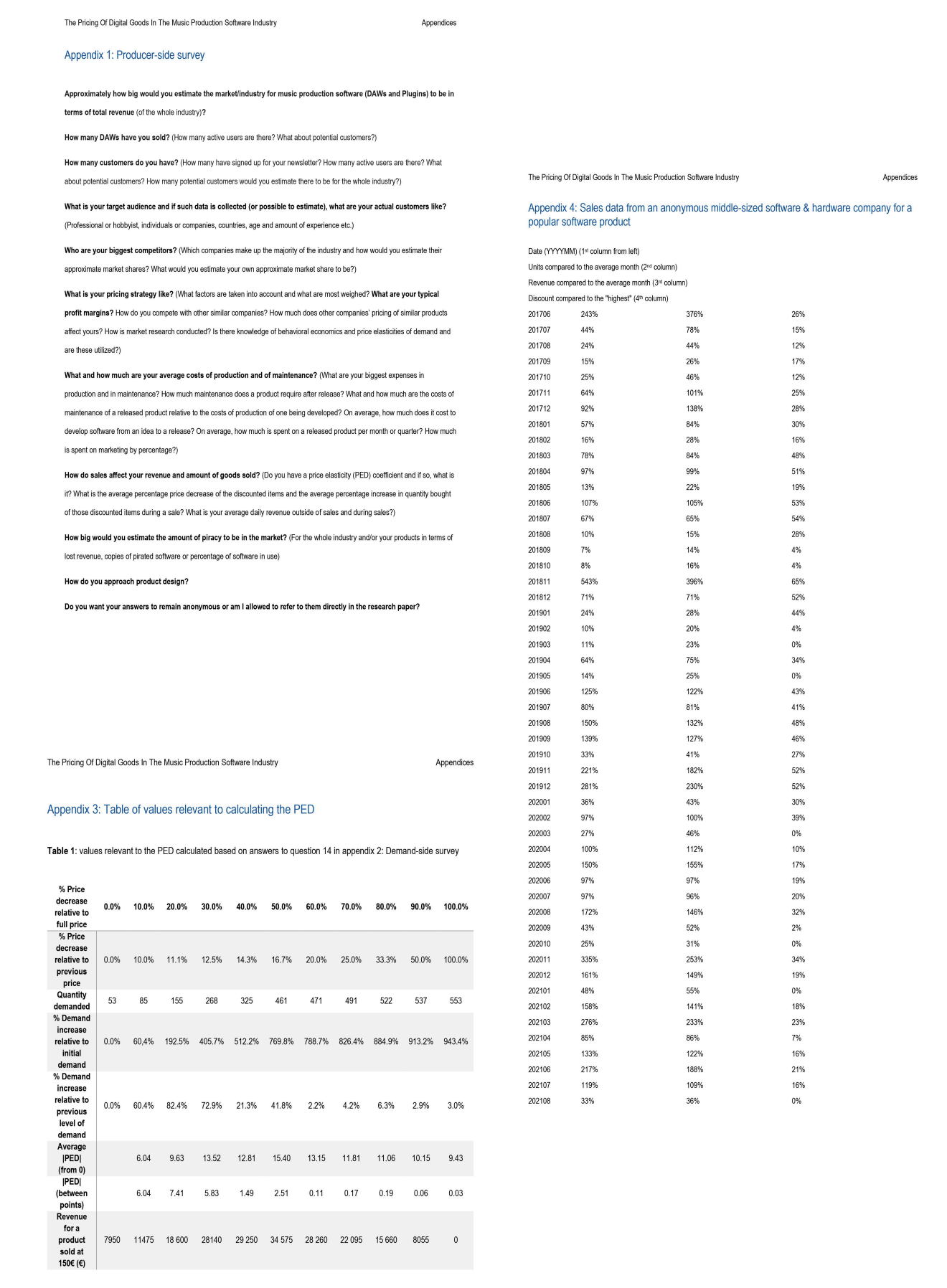
Poster 4 - Supply-side data
The Pricing of Digital Goods in the Music Production Software Industry is an enquiry into the factors affecting the pricing of non-tangible, non-rivalrous, digital software goods – a uniquely modern economic phenomenon of ever-increasing prominence in the transition to more and more digital economies – from a practical standpoint. Real world data from a consumer survey of 553 respondents and a producer survey of 12 firms in the music production software market – an ideal example of general software markets due to its diversity – was analyzed to discuss the degree of the market’s conformity to a theoretical model for software goods. The findings include the ambiguous role of piracy, product-specific market structures, an argument for delayed marginal costs and an explanation for general price rigidity regardless of varying costs.
It was made as an extended essay in Economics for the International Baccalaureate Diploma Programme, where its significantly cut down version got a C (19 points) on a scale from A to D. Its full version then proceeded to win the Finnish national science competition, Tutki-Kokeile-Kehitä (TuKoKe), as a result of which it went on to represent Finland in the European Union Contest for Young Scientists (EUCYS 2022) held in Leiden, Netherlands, where it was awarded the “Prof. Stefan Dodunekov Prize” as a special donated prize by the Bulgarian academy of sciences institute of mathematics. As a result, it was also presented in the Bulgarian National Seminar on Coding Theory.
The “Report for TuKoKe” version is perhaps the fullest, most detailed version of the paper, whereas the EUCYS edition is significantly more condensed and the Extended Essay version is the shortest, with many sections partially or fully cut out due to the 4000 word limit. Included are also a summary, an abstract, appendices and the posters used in EUCYS. The project page for EUCYS is eucysleiden2022.eu/the-pricing-of-digital-goods-in-the-music-production-software-industry/.
Additionally, the anonymously collected consumer-side dataset (edited to remove any identifying responses and to standardize geographical locations) was used for training a machine learning model for the purpose of identifying the factors that drive people into software piracy. These were found to generally be the ease of pirating and the age as well as the region of residence of the person, both of which usually directly affect their disposable income. This implies that there might still be more room for further market segmentation in the form of, for example, country-specific pricing, student discounts and more widespread adoption of the rent-to-own model. However, many respondents have much more extensive and detailed responses in the free word sections of the dataset, which, along with the report and Python notebook, can be found here: https://github.com/MiroKeimioniemi/classifying-software-pirates
Other mentions of the project can be found at:
- https://www.tek.fi/en/news-blogs/tukoke-winners-investigated-cancer-treatment-and-digital-pricing
- https://www.tek.fi/fi/uutiset-blogit/voitto-irtosi-syopahoidolla-ja-digihinnoittelun-perkaamisella
- https://www.tek.fi/fi/uutiset-blogit/parasta-olivat-ihmiset
- https://www.tukoke.fi/uutiset/tukoken-iii-sarjassa-voitto-irtosi-teoreettisella-syphoidolla-ja-digihinnoittelun-perkaamisella
- https://www.tukoke.fi/ajankohtaista/eucys-kilpailussa-parasta-olivat-ihmiset
- https://opinkirjo.fi/2022/04/12/tukokessa-voitto-irtosi-syopahoidolla-ja-digihinnoittelun-perkaamisella/
- https://opinkirjo.fi/2022/09/26/eucys-kilpailussa-parasta-olivat-ihmiset/
- https://www.is.fi/taloussanomat/porssi/lehdistotiedote/sp-69938138/
- https://www.sttinfo.fi/tiedote/69938138/voitto-irtosi-syopahoidolla-ja-digihinnoittelun-perkaamisella?publisherId=3877
- https://www.kemiamedia.fi/itse-kehitetty-syopahoito-toi-voiton-nuorten-tiedekilpailussa/
- https://www.facebook.com/tutkikokeilekehita/posts/5788552214489581
- https://www.sciencesalecole.org/wp-content/uploads/2023/04/EUCYS_Catalog_Online.pdf
- https://research-and-innovation.ec.europa.eu/system/files/2022-09/ec_rtd_eucys-2022-winners.pdf
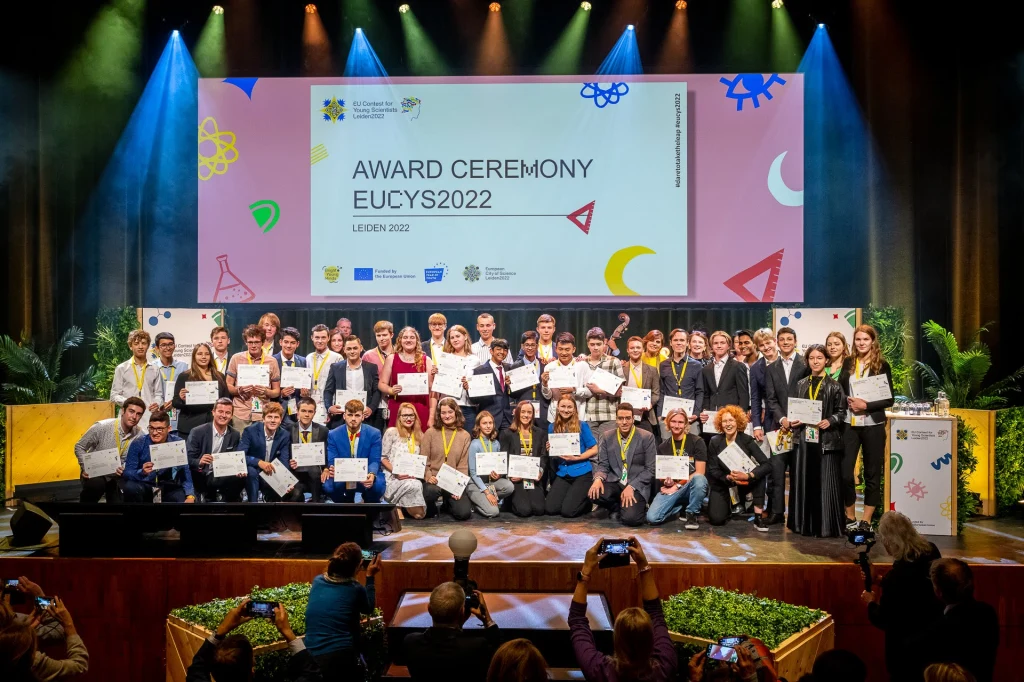
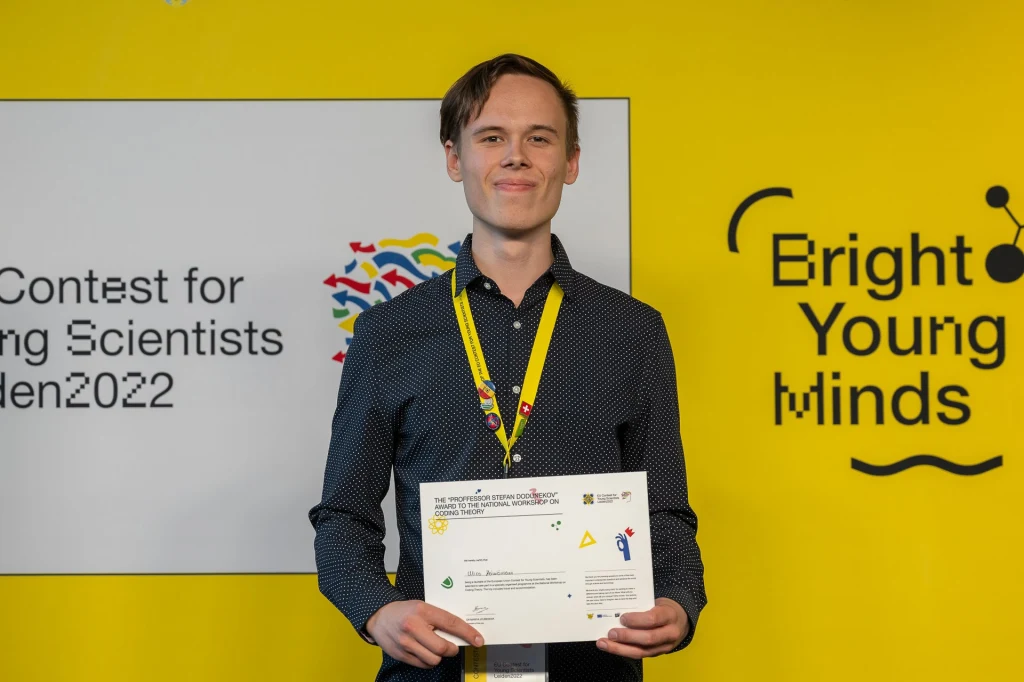
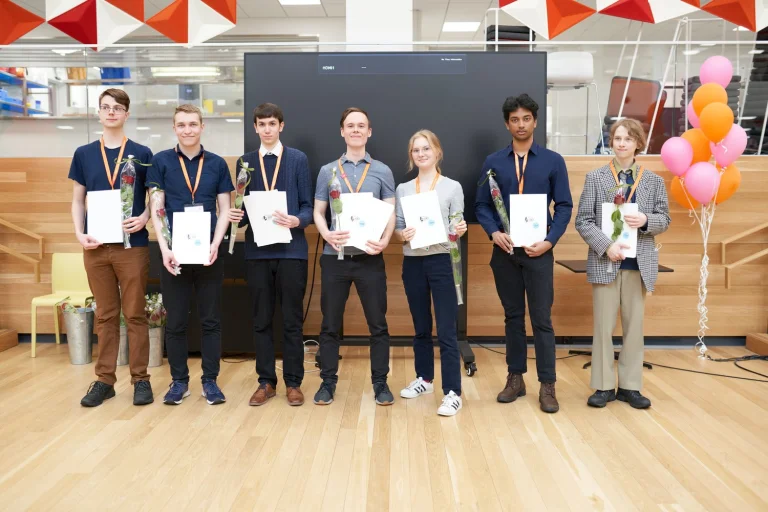
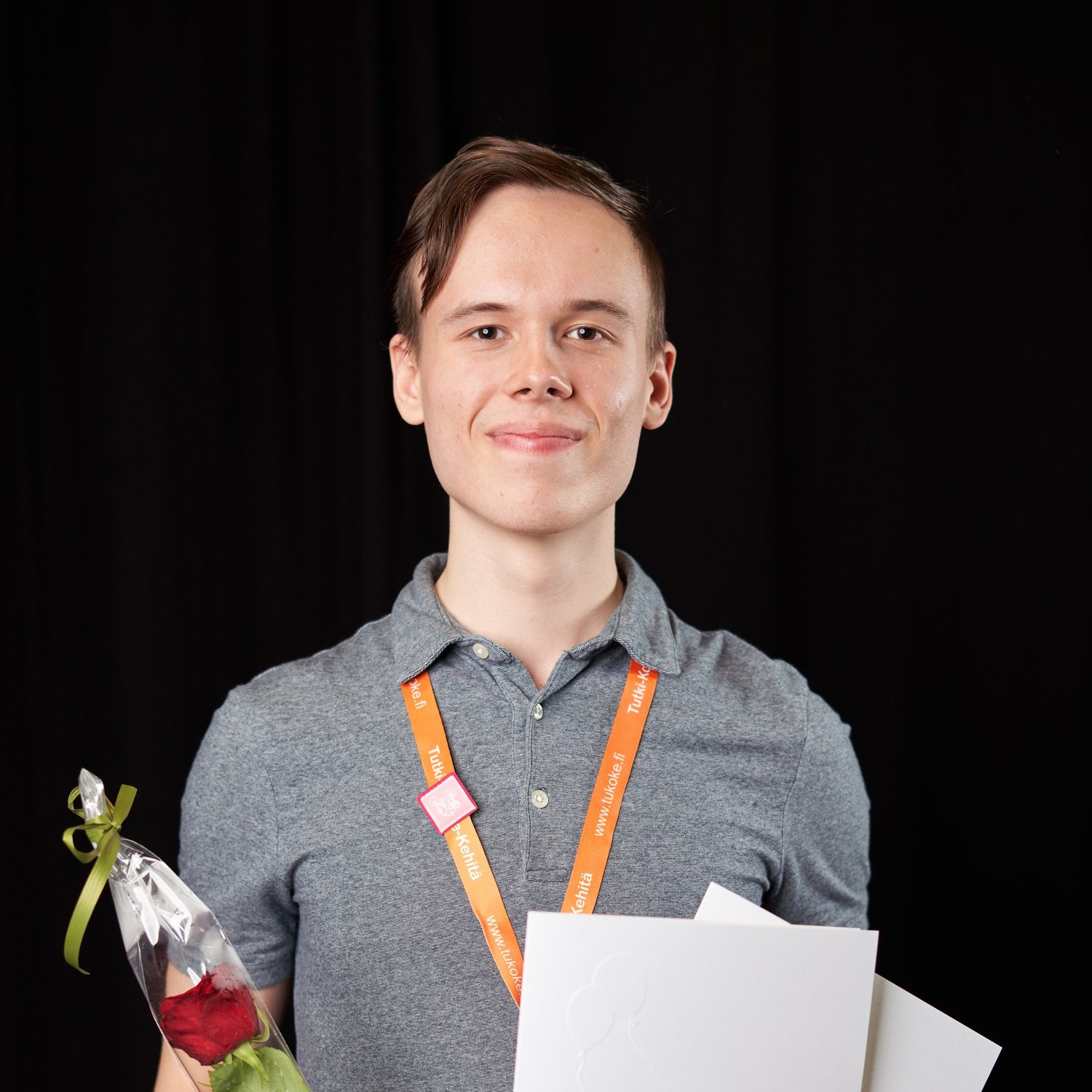
See it on ib-done.com.